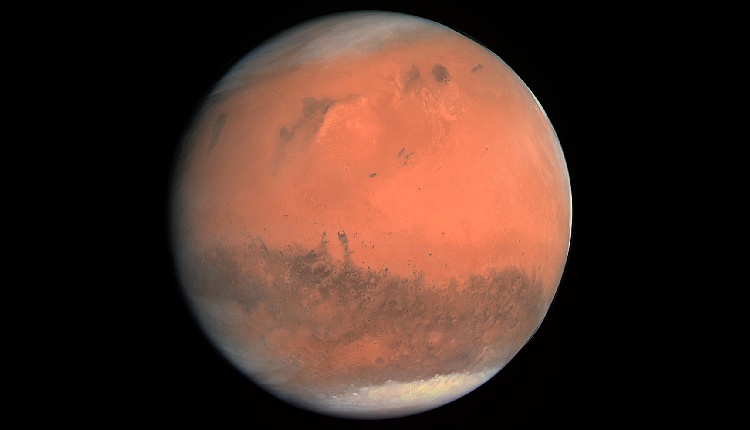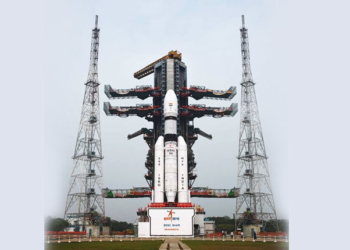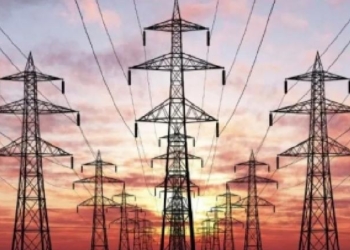New Delhi: Scientists from the Indian Institute of Geomagnetism (IIG), an autonomous institute of the Department of Science and Technology, have decoded how the weak crustal magnetic field on Mars controls the Red Planet’s ionosphere.
The finding made using data from NASA’s MAVEN (Mars Atmosphere and Volatile EvolutioN) satellite may help in future space missions.
While Mars does not possess a global magnetic field, it has scattered crustal magnetic fields in the southern hemisphere.
“Decoding Mars crustal magnetic field and its effects on the plasma environment near Mars is important to understand the magnetic shielding that has direct implications towards future robotic/human missions to space,” the scientists said, in a paper published in the Journal of Geophysical Research: Space Physics.
The team found that the effects of the crustal field on the Red Planet are much stronger during the daytime. However, it remains almost non-existent during the night-time. The study also showed that the daytime crustal field effects remain unaffected by seasons or Sun-Mars distance.
The team from IIG had long explored the Earth’s magnetic field and its plasma environment. They led an in-depth investigation into how the weak crustal magnetic field of Mars controls its ionosphere.
“During daytime, the crustal magnetic fields strongly control the ionosphere in the southern hemisphere and the control is generally much stronger as compared to the northern hemisphere,” the team said.
“However, during nighttime, the crustal magnetic fields lose their control over the ionosphere and hence the hemispheric asymmetry is lost,” they added.
The study was conducted using nearly 8 years of MAVEN satellite in situ data, of electron density and magnetic field to investigate how the crustal magnetic fields affect the Martian ionosphere. MAVEN is a NASA satellite orbiting Mars since around 2014.
(IANS)
















